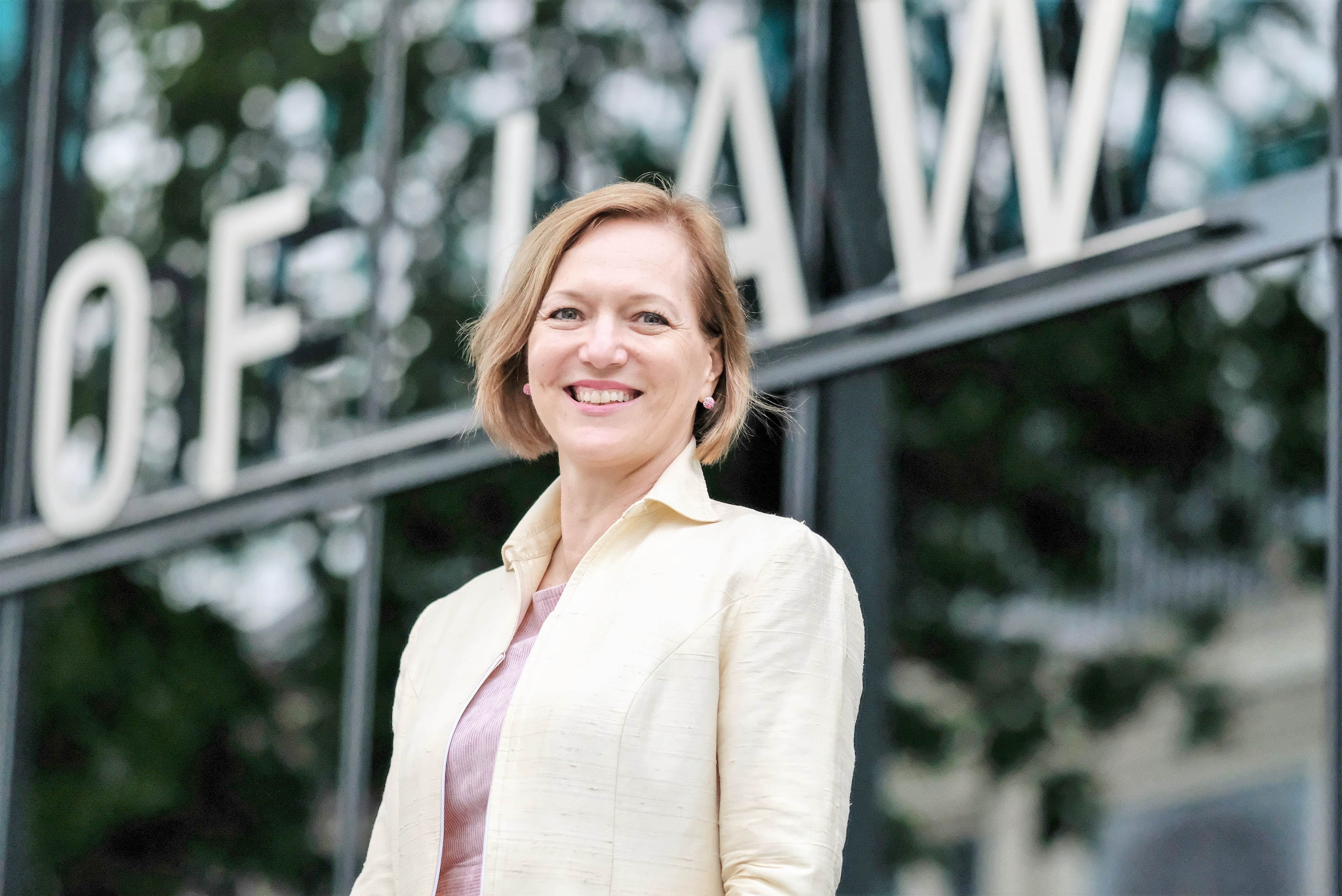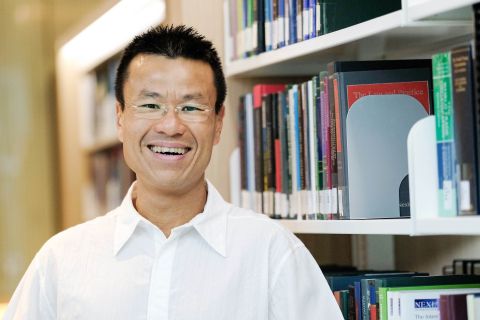
By Rebecca Tan
SMU Office of Research & Tech Transfer – What would you do if you had a business deal that fell through? What about if you find yourself in the unpleasant situation of having to confront a family member over a large sum of money? Most people would immediately think about suing the other party to get recourse. Few, however, realise the full extent of the time and resources needed to see a case through.
“You may need to engage lawyers with specialist knowledge, go through evidence-based procedures, call in witnesses and experts and so on. In an international dispute, there are additional expenses associated with engaging foreign legal and technical specialists, translation, travel and various other costs,” says Professor Nadja Alexander, a Lee Kong Chian Fellow at the Singapore Management University (SMU) School of Law.
“All these legal rules – which are there for very good reasons – require the investment of a lot of time and energy, and can be very costly,” she adds.
In many cases, a faster and less expensive option called mediation could lead to better outcomes for the parties involved, says Professor Alexander, a passionate advocate of this approach.
“When courts make a decision, we expect there to be one winner and one loser; often, however, you end up with two losers,” she says, citing broken business or personal relationships, opportunity costs and crippling legal fees. “The real winners are the lawyers.”
Finding common-sense solutions on common ground
First introduced as a way to reduce the backlog of the courts, mediation is becoming an increasingly popular way to settle disputes without having to go to court. In mediation, the two parties with a dispute bring their case before an independent third party, who, rather than playing the judge, acts as a bridge to help disputants reach a consensus. This is referred to as a win-win solution.
“Mediation is completely different from arbitration and litigation because the responsibility for deciding the outcome of the dispute lies with the parties themselves,” Professor Alexander explains. “It focuses on keeping the relationship between the two parties alive, and gives parties the opportunity to be directly involved in creating their own solutions, which can be a common-sense business solution rather than a legal one. Legal decisions don’t always make business sense.”
For example, she says, even the best courts in the world cannot help two parties re-negotiate the terms of a contract that has been breached. “A court has a limited number of remedies that it can offer such as the payment of a sum of money for breach of contract. In contrast, the flexibility of the mediation process offers enormous potential for creative and innovative outcomes; parties are limited only by their imagination and the parameters of the law.”
While not all parties reach an agreement through mediation, the process often helps to narrow their differences and focus them on whatever common ground they share, says Professor Alexander. “It is not uncommon for the parties to continue negotiating after the mediation has concluded and to reach a mediated settlement agreement shortly thereafter,” she adds. “Where parties do not settle, and instead move on to arbitration or litigation, the preparation and other work they have done in relation to mediation continues to be useful.”
Going global
However, the situation becomes more complicated when parties are based in different countries, continues Professor Alexander. Imagine a mediated settlement agreement, regulated by the law of Germany, that requires one party – a multinational corporation with assets in a number of jurisdictions outside Germany – to pay a sum of money to another party. Should the multinational corporation default on payment, will the other party be able to enforce a German contract outside of Germany?
“One of the perceived drawbacks of mediation is that it is difficult to enforce mediated settlement agreements across different jurisdictions. To address this issue, the United Nations Commission on International Trade and Law is in the process of drafting a multilateral convention that would provide a framework for the expedited enforcement of such mediated settlement agreements,” says Professor Alexander, whose research is being used to inform deliberations on the proposed convention.
“One part of our research involves analysing the more challenging legal issues facing the drafters of such a convention, while another part entails the development of a Regulatory Design Framework to support countries – particularly within the Association of Southeast Asian Nations – to develop a common language and procedure to implement the terms of the convention within their own legal systems.”
A platform for Asian voices
One challenge in applying international norms in local contexts is that the way mediation is practised in Asia can be different from how it is practised in the West, although the principles remain the same. While mediators in a Western context are typically expected to be outsiders and are trained to be neutral and disinterested in the dispute, Professor Alexander says that parties in Asian countries may prefer a high-status mediator who is almost an insider, who knows them and can offer wise guidance in relation to their dispute.
At the Singapore International Dispute Resolution Academy (SIDRA), where she is academic director, Professor Alexander and her team train mediators and develop mediation models that are practice-based and culturally sensitive. SIDRA, which is Asia’s first institution focused on research and development in international dispute resolution, also examines how mediation interacts with arbitration and litigation processes, to complete the entire ecosystem of dispute resolution.
“We provide a platform for all stakeholders, whether they be policymakers, practitioners or scholars, and offer a platform for Asian voices to have a stronger say in the international discourse on dispute resolution,” she says.
And Asian mediators do have a unique perspective to contribute. Noting that Asian countries have a strong tradition of mediation-like processes that have been superseded by the formal legal system, Professor Alexander sees mediation as a way to incorporate some of those traditional harmony-based principles into contemporary settings, bringing people face to face to sort out their disputes themselves.
“Right now, we are graduating lawyers who understand what mediation is, for whom it is a mainstream rather than an alternative process. It will of course take time for the legal culture to shift but there is no doubt that what we are witnessing is a major transition in our understanding of the legal system and a lawyer’s role in it,” Professor Alexander continues.
“My dream is that even ordinary people will think about mediation first instead of going to court. In the longer term, I hope to see the focus of dispute resolution culture shift to those directly involved in the conflict, whether they be individuals, communities, corporations or countries.”
Back to Research@SMU Issue 49
See More News
Want to see more of SMU Research?
Sign up for Research@SMU e-newslettter to know more about our research and research-related events!
If you would like to remove yourself from all our mailing list, please visit https://eservices.smu.edu.sg/internet/DNC/Default.aspx

